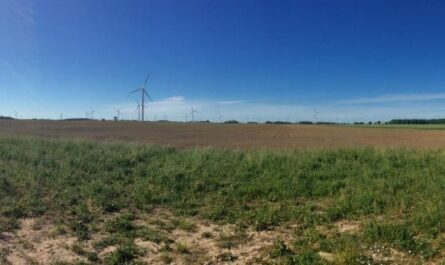The Great Oscoda-Au Sable Fire of 1911
On July 11, 1911, a massive fire swept through Oscoda and Au Sable, two lumber towns on Michigan’s Lake Huron shoreline. The blaze completely destroyed both towns, leaving thousands homeless and marking the end of an era for the region’s once-booming lumber industry.
Origins of the Fire
The fire started under hot, dry conditions, which were common in Michigan’s heavily logged areas. The exact cause remains uncertain, but it was likely due to:
Lumber mill fires that spread to dry timber piles.
Brush fires ignited by the summer heat and strong winds.
Dry wood debris from years of logging created a perfect fuel source. Once the fire started, high winds quickly pushed the flames through both towns.
Destruction of Oscoda and Au Sable
By nightfall, Oscoda and Au Sable were completely leveled. The fire consumed: Homes, businesses, and sawmills, The Detroit & Mackinac Railway depot, Schools, churches, and public buildings, The docks and ships in the harbor.
Reports say that the fire spread so fast that many people barely escaped with their lives. The flames were described as a raging inferno, forcing residents to flee toward the Au Sable River and Lake Huron to survive.
Casualties & Aftermath
Casualties: While there were few reported deaths, thousands were left homeless.
Economic Impact: The fire wiped out the local lumber industry, which was already in decline due to deforestation.
Relief Efforts: Nearby communities and the Red Cross provided aid to displaced residents.
Rebuilding: Some rebuilding occurred, but Oscoda and Au Sable never regained their former prominence as lumber towns.
Never the Same
The End of the Lumber Boom: With the sawmills gone and forests nearly depleted, Oscoda and Au Sable transitioned toward tourism and recreation.
Tourism and Outdoor Activities: The region later became known for fishing, canoeing, and hunting, attracting visitors to the Au Sable River and Lake Huron.
Wurtsmith Air Force Base: Decades later, the area saw economic revival with the establishment of Wurtsmith Air Force Base (1923–1993).
End of an Era
The Oscoda-Au Sable Fire of 1911 was one of Michigan’s most devastating fires, signaling the end of an industrial era for the region. Today, Oscoda thrives as a tourist destination, but remnants of its lumbering past remain in history books and local museums.
Discover more from Thumbwind
Subscribe to get the latest posts sent to your email.




